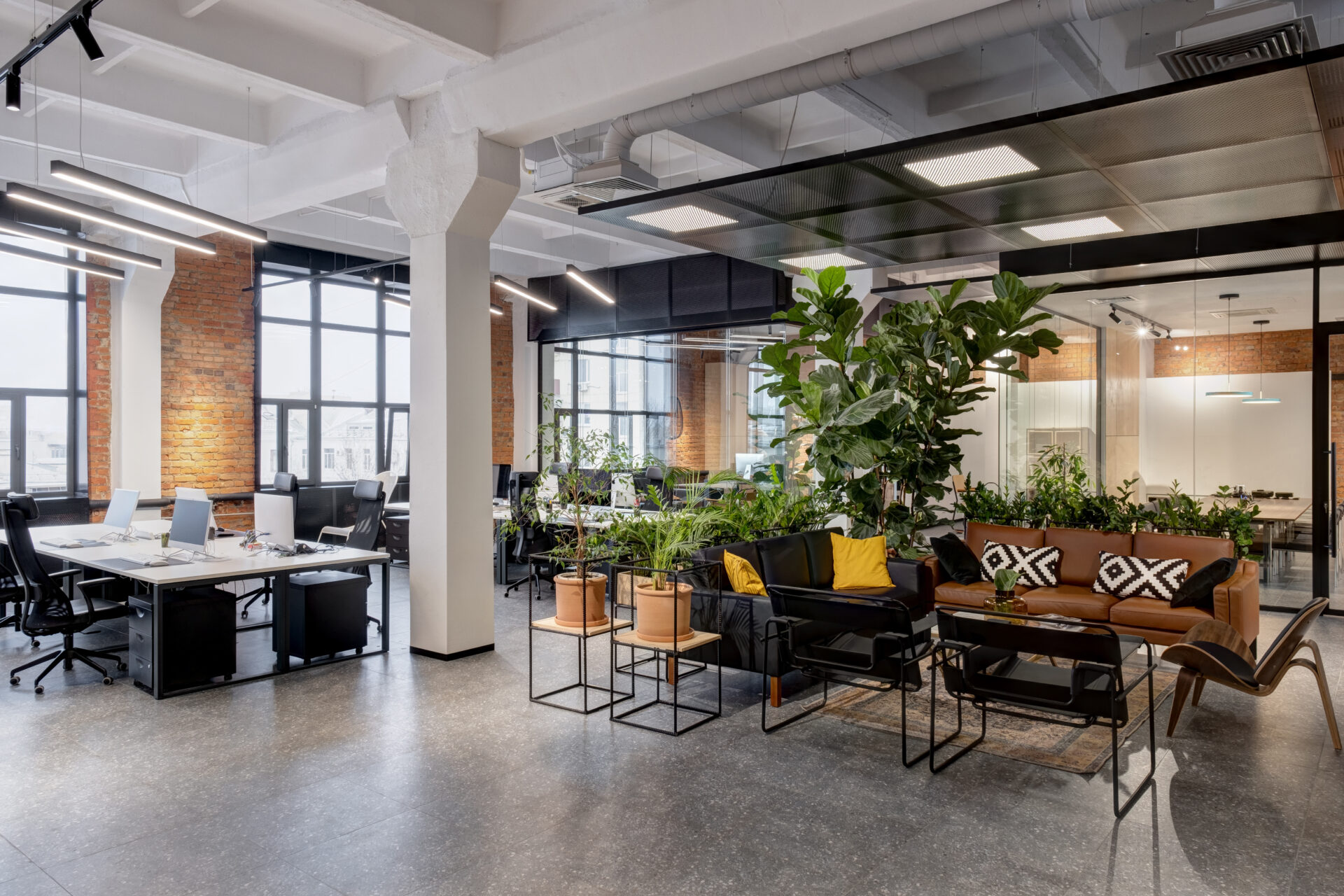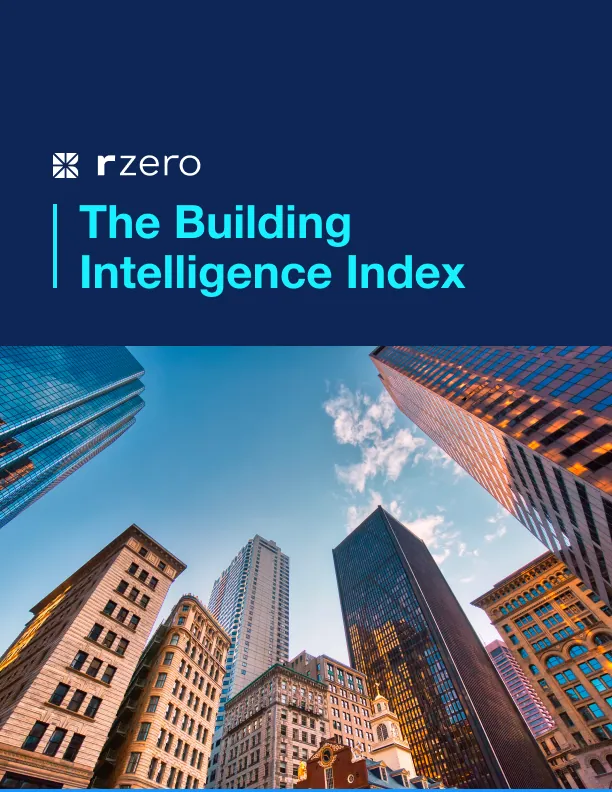
Finding Your Fit in the Sensing Maturity Model
The way we do business changes quickly, but the spaces in which we conduct that business do not. Hybrid work models, changing workforce preferences, operational priorities, and rising energy costs, have all fundamentally changed the way we use and think about our buildings and our workspaces. Thankfully, sensing technologies offer an easy and accessible solution for making these spaces more in-tune and responsive to our real-time needs, without the costly price tag of a retrofit.
But what is the best way to get started with sensing technologies? And what type of sensor data is required to create the improvements your space needs?
To help you assess that, we’ve created a sensing maturity model to help you navigate and understand the challenges your space might be facing. With a better understanding of your current maturity level, you can create a data-driven strategy to deploy and optimize your approach to improving your building systems.
Here’s an overview of each stage, plus some actionable tips you can act on to level up.
Stage 1: Basic
The first stage is where every space starts. You’re not using sensing technologies to inform decision-making processes, and you’re unaware of how space is used within your buildings from one day to the next. As people gradually return to the office or adapt to hybrid work models, it becomes clear that the available space isn’t fully meeting the needs of your tenants. However, you’re not sure how to address these issues.
During this phase, you might receive complaints about certain areas of the building feeling overcrowded while others remain empty. There might be a stuffy room that no one wants to use, or a specific floor that always seems too cold.
Ways to level up: If you find yourself in Stage 1, use the knowledge you have of your buildings and tenant preferences to identify a few areas to take a closer look at. Installing occupancy or air quality sensors (even in a limited way) in a high-value space that isn’t performing to expectations, is a great way to progress up the maturity model.
Stage 2: Experimental
The second stage is the experimental phase. Perhaps, you have a building management system, but aren’t sure how to use it, or maybe the data it collects is too hard to decipher. As a result, you are limited in your ability to extract insights or learn from what’s currently happening in your building.
In this phase, you’ve started trying to address some of the building issues that you’ve noticed. You want to do something about that floor that’s always cold, and you’re actively trying to figure out if it’s a problem with your thermostat calibration. Maybe you’re lowering the set point so that the heat kicks on sooner. Unfortunately, it’s still unclear whether you’re addressing a symptom or the main issue.
Ways to level up: If you’re in Stage 2, you’re already aware of specific problems that need attention. Sensing technology can accelerate your findings, validate your hypotheses, and deliver the data you need to make a business case for change.
Stage 3: Systematic but siloed
In the third stage, you have systematic data collection, but all of that data lives in disparate systems, so you can’t easily combine it for insight, decisions, or automation. For example, you might have a building management system that controls your lighting, or you might be measuring occupancy data to inform space planning.
But your data is disconnected; each system has its own workflow and ecosystem of historical data, which makes it challenging to create a comprehensive view of what’s happening across your building systems.
In this phase, you’ve started making tangible improvements to your building’s operations. Your occupancy data has tracked patterns around how many people are using different types of space, and you’re able to reconfigure those spaces on an ongoing basis to ensure that you’re providing the most optimal experience for your tenants. You’ve successfully addressed that floor that’s always cold by adding more temperature sensors and confirmed that the issue was the thermostat’s calibration. With the thermostat fixed, that floor is now comfortable for all that use it. Additionally, you’ve identified spaces with poor air circulation and discovered blocked air vents as the source of the problem. With cleaned vents and new filters, the building management system is delivering improved airflow throughout the space.
Ways to level up: Already at stage 3? You deserve congratulations. To level up, think about where different building goals seem to conflict. Do you find that comfort and energy savings imperatives require contradictory courses of action? One common reason for this is not having a systematic approach. Look for opportunities to integrate data, insight, and decisions across measurement silos.
Stage 4: Integrated and transformational
The fourth stage is where all of your building intelligence technologies are seamlessly working together. This is the ideal integrated and transformational approach that allows for the intelligent management and optimization of occupancy, air quality, and HVAC.
At this stage, you are able to do a lot more to maximize your space and efficiency. You can connect your space booking and calendar applications to your occupancy sensors for real-time space management. This allows you to remove forgotten or canceled reservations easily. So that even if a room is booked, but a sensor reads it as empty, the reservation will be sent back into the booking system as an open room for someone else to use.
Buildings that have reached this stage are truly responsive buildings. Every part of your space meets corporate air quality and comfort standards, and issues are proactively identified and acted on before tenants notice them. Through the digital integration of all of your building systems data, you’ve created an intelligent space optimized for productivity and efficiency.
Move to a new stage with R-Zero
Ready to level up? R-Zero can help. Learn more about how our comprehensive building intelligence solution can deliver actionable data to help your spaces thrive.
More posts you might like
-

Why should I improve indoor air quality (IAQ) & indoor environmental quality (IEQ) in my buildings?
The Importance of Healthy Indoor Air Quality Clean air and proper ventilation indoors is crucial for the creation of high-performance work places, classrooms, and healthcare environments. It’s also essential in fostering comfort, productivity, and well-being for your building occupants. Imagine walking into a building optimized for health and comfort. The air feels fresh and light. […]
-

How to Improve Indoor Air Quality in Your Buildings
As a building owner or operator, ensuring optimal indoor air quality (IAQ) in your spaces is essential for the well-being and productivity of your tenants and occupants. To help you get started, here’s a guide to ensure you are meeting indoor air quality standards across your real estate portfolio. Understanding Indoor Air Quality Standards To […]
-

The importance of indoor air quality testing in office buildings
In today’s workplace, ensuring a healthy and productive environment for employees is crucial. One of the most significant factors influencing workplace well-being is indoor air quality (IAQ). As part of our focus on smart buildings, R-Zero offers advanced indoor air quality testing solutions like the R-Zero IAQ Monitor, designed specifically for enhancing occupant comfort and […]

